According to the report Space Food and Nutrition, An Educator’s Guide With Activities in Science and Mathematics by NASA, in the early days sending food into space was a challenge and therefore experts faced many obstacles to provide delicious and tasty food. travel well in space. It has become a problem because the explorers on the space shuttle always have storage space to keep the food they can eat during the trip. Another major concern is ensuring that the limited food supply provides enough nutrients to prevent vitamin deficiency diseases such as scurvy.
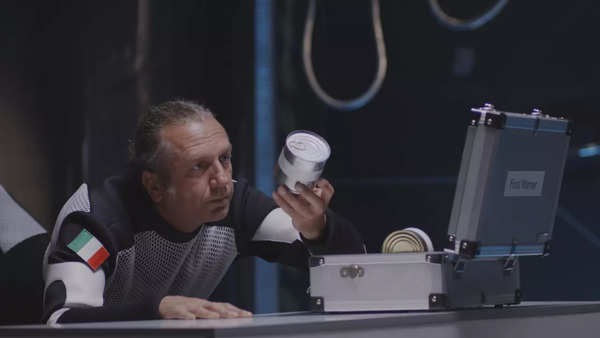
Also Read: 8 board food categories designed for optimal nutrition
The invention of dry food
During that time, experts discovered that food would stay edible longer if it was dried and stored in a cool dry place until it was time to consume it. And that’s why dehydrating food can be done by cutting meat, fish, and certain fruits into thin pieces and drying them in the sun. Which is then rubbed with salt or soaked in salt water, as an early form of curing food, which also helps to preserve it. Later, techniques were developed to cook, process, preserve, and store food in sealed containers. With the development of pasteurization and canning, a larger variety of foods could be stored and carried on long journeys.
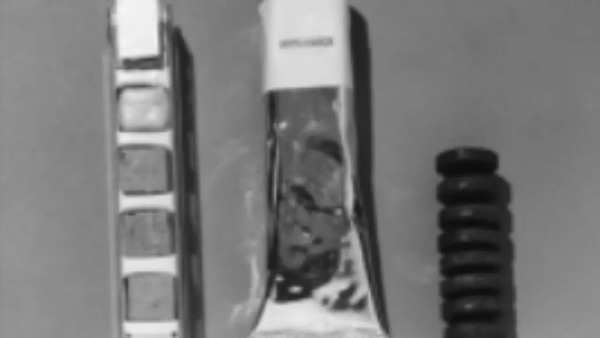
Then, refrigeration and quick freezing are used to preserve the taste and nutrition of food and prevent spoilage. While these forms of packaged food products are good for traveling on Earth, they are not necessarily suitable for use in spaceflight. There are limits to weight and volume, keeping the conditions of microgravity experienced in space, which also affects food packaging. In the past, storage space was limited and there was no refrigeration and therefore special procedures for preparing, packaging, and storing food for spacecraft were developed.
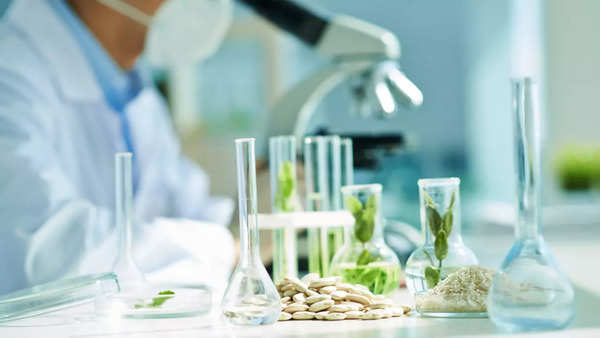
Also Read: The type of food astronauts eat in space
Food tubes and uses of gelatin
According to Space Food and Nutrition, An Educator’s Guide With Activities in Science and Mathematics by NASA, at the beginning of the space program, known as Project Mercury, space flights lasted from a few minutes to a day, and therefore there was no need for a full meal.
But later, Mercury astronauts contributed to the development of space food, when they tested the physiology of chewing, drinking, and swallowing solid and liquid foods in a microgravity environment. The report says these astronauts found themselves eating bite-sized cubes, freeze-dried, and semi-liquid foods in aluminum toothpaste-type tubes and found the food unpalatable, and had problems trying to rehydrate the freeze-dried. food.
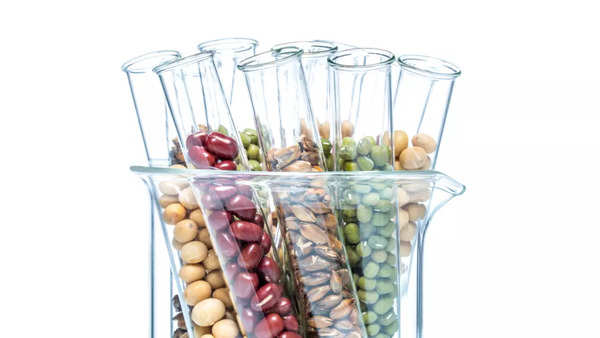
Challenges with feeding tubes
It is mentioned in the report that tube feeding presents many challenges for food development. First, you need a way to remove the food from the tube. Then, a small straw is inserted into the opening, which helps the astronauts to squeeze the contents of the tube directly into their mouths. Also, a special material was developed to cover the inner surface of the aluminum tube to prevent the formation of hydrogen gas as a result of contact between the metal and the acid present in some foods, such as applesauce. And during the analysis it was found that aluminum tube packaging often weighs more than the food inside. And this led to the development of lightweight plastic containers. In the next test phase of the Mercury test flight, bite-sized solid foods were processed into bite-sized cubes that were compressed and dehydrated. It is developed in such a way that the cube can be rehydrated by the saliva secreted in the mouth when food is chewed.
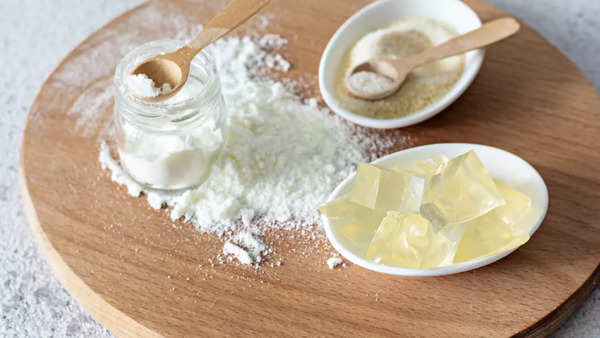
Why is gelatin used?
After bite-sized food was developed, which could be rehydrated by saliva secreted in the mouth, it was discovered that food floating in a microgravity environment could damage equipment or be inhaled; therefore, the cubes were covered with edible gelatin to reduce crumbling. The food is vacuum packed into individual portion size containers with clear laminated plastic film, four layers, for storage. This packaging also provides protection against moisture, loss of flavor, and spoilage.
Thumb and Embed Images Courtesy: istock and NASA




